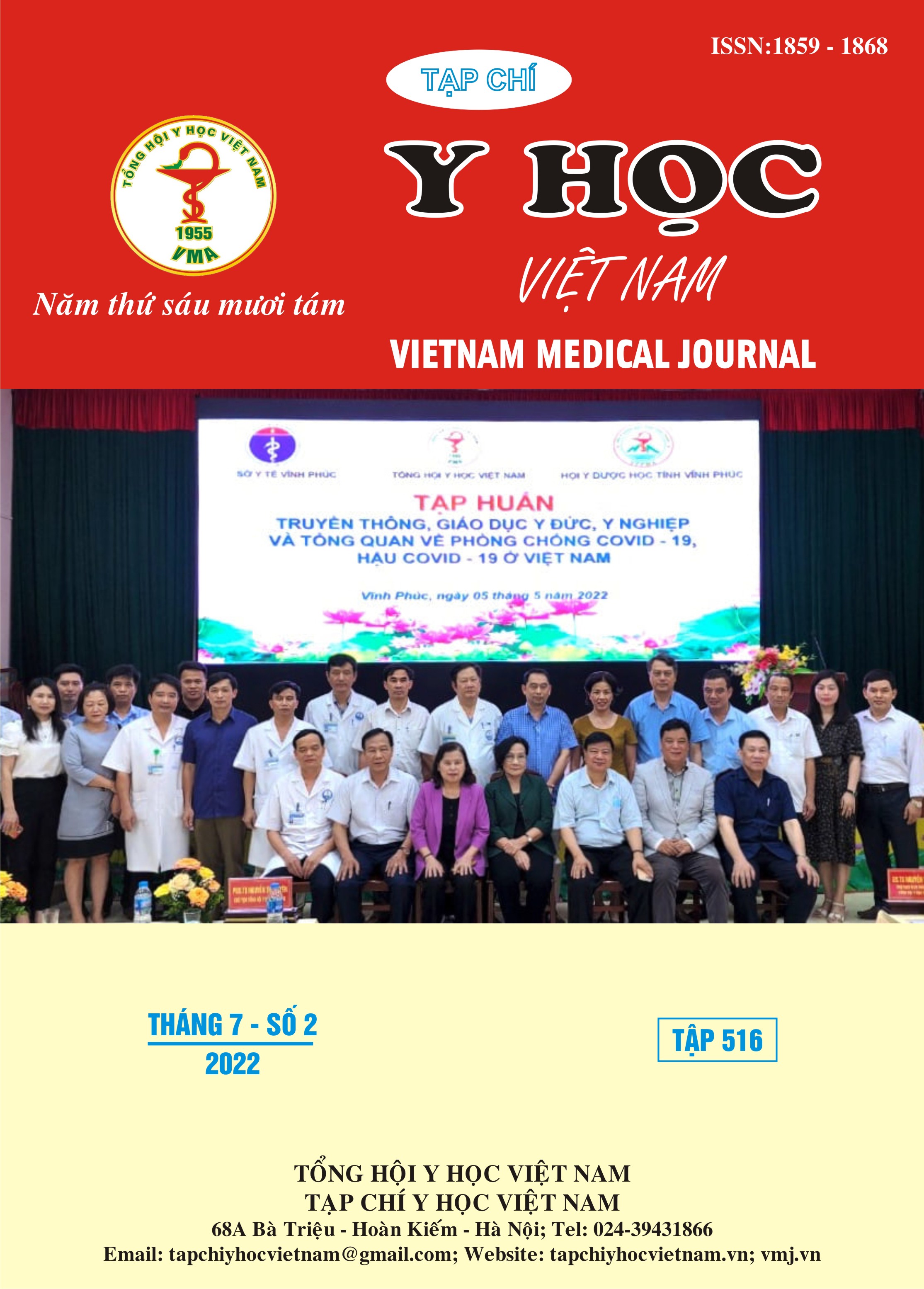THE SAFE AND EFFECTIVE GUIDANCE BY INTRACARDIAC ECHOCARDIOGRAPHY FOR TRANSCATHETER CLOSURE IN LARGE ATRIAL SEPTAL DEFECTS
Main Article Content
Abstract
Background: Percutaneous septal closure is the preferred treatment strategy. However, large atrial septal defect is always a challenge for the operator. Esophageal echocardiography is the imaging technique used as a guide in the closure of a large atrial septal defect. However, patients should be pre-anesthetized and adequately secured with airway protection. Intracardiac echocardiography guided closure of a large atrial septal defect is a new technique that has been shown to be safe and effective. Objective: Evaluating the safety and efficacy of transcatheter closure of large atrial septal defect under intracardiac echocardiography guidance. Subjectives and method: 55 patients with large atrial septal defect were treated at the cardiovascular centre, Cho Ray Hospital. The prospective, open label, non-randomized, longitudinal study. Result: 55 patients had mean age of 41.78 ± 11.64 years old (23 – 62 years), female 85.45%. The mean diameters of the atrial septal defect were 24.14 ± 3.42 mm (transesophageal echocardiography) and 27.89 ± 4.27 mm (intracardiac echocardiography) with P<0.001. The mean diameter of the device is 29.96 ± 4.40 mm (20 - 37 mm). All patients were evaluated in-hospital, 1 month and 3 months, recording 100% of the cases technically successful. We followed up in-hospital patients and recorded 01 case of atrial fibrillation (1.82%) who were successfully converted and maintained sinus rhythm during follow-up; In addition, no other adverse events were recorded at 3 months. After a 3-month follow-up period, we recorded patients with improved dyspnea according to NYHA class as well as the right ventricular diameter and pulmonary artery pressure on echocardiography. Conclusion: Our study has shown that the percutaneous closure of large secondary atrial septal defects in the 20–37 mm diameter range under intracardiac echocardiography guidance can be performed safely and effectively.
Article Details
Keywords
atrial septal defect, large atrial septal defect, intracardiac echocardiography
References
2. Berger F, Ewert P, Abdul-Khaliq H, Nurnberg JH, Lange PE. Percutaneous closure of large atrial septal defects with the Amplatzer Septal Occluder: technical overkill or recommendable alternative treatment? J Interv Cardiol. 2001 Feb;14(1):63-7.
3. Balzer D. Intracardiac Echocardiographic Atrial Septal Defect Closure. Methodist Debakey Cardiovasc J. 2014 Apr-Jun; 10(2): 88–92.
4. Meyer MR, Kurz DJ, Bernheim AM, Kretschmar O, and Eberli FR. Efficacy and safety of transcatheter closure in adults with large or small atrial septal defects. Springerplus. 2016; 5(1): 1841.
5. Mullen MJ, Dias BF, Walker F, Siu SC, Benson LN and, McLaughlin PR. Intracardiac echocardiography guided device closure of atrial septal defects. J Am Coll Cardiol. 2003 Jan 15;41(2):285-92.
6. O'Byrne ML, Gillespie MJ, Kennedy KF, Dori Y, Rome JJ, Glatz AC. The influence of deficient retro-aortic rim on technical success and early adverse events following device closure of secundum atrial septal defects: An Analysis of the IMPACT Registry. Catheter Cardiovasc Interv. 2017 Jan;89(1):102-111.
7. Romanelli G, Harper RW, Mottram PM. Transcatheter closure of secundum atrial septal defects: results in patients with large and extreme defects. Heart Lung Circ. 2014 Feb;23(2):127-31.
8. Zhao J, Li L, and Peng L. Safe and effective guidance by intracardiac echocardiography for transcatheter closure in atrial septal defects. Int J Clin Exp Med. 2015 Jun 15;8(6):9815-9.


